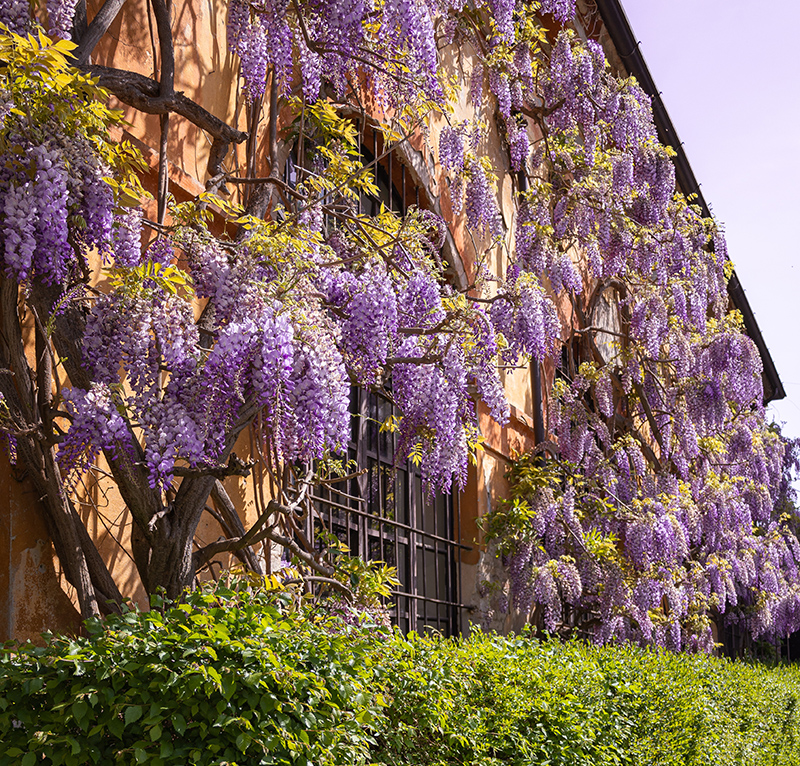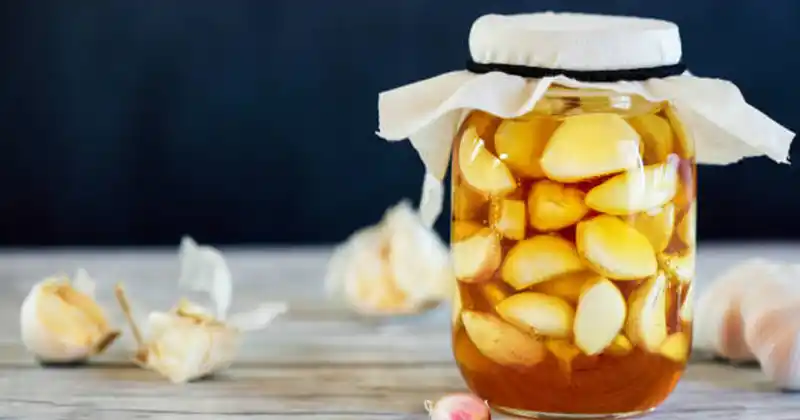How to grow wisteria – 7 quick steps
As certain species of plants have been known to exhibit invasive behavior in certain regions of the United States, it is crucial to educate oneself about these stunning plants, such as wisteria, and how to cultivate them in a manner that curbs their robust growth, before considering planting them.

Growing wisteria can be a rewarding experience, as this stunning vine is known for its abundant clusters of fragrant flowers and lush foliage. Here are some general guidelines on how to grow wisteria:
- Choose the right location
Wisteria thrives in full sunlight, so select a location in your garden that receives at least 6 hours of direct sunlight per day. Ensure that the soil is well-draining and fertile, as wisteria prefers slightly acidic to neutral soil pH.

- Planting wisteria
Plant wisteria in the spring or fall, when the soil is moist and temperatures are moderate. Dig a hole that is slightly larger than the root ball of the wisteria plant. Place the plant in the hole, making sure that the crown (where the roots meet the stem) is level with the soil surface. Fill the hole with soil, and gently tamp it down to remove air pockets. Water thoroughly after planting.

- Provide support
Wisteria is a vigorous climber that requires sturdy support to grow and thrive. Install a sturdy trellis, arbor, or pergola for the wisteria to climb on. Make sure the support structure is strong enough to withstand the weight of the mature wisteria vine.

- Prune regularly
Pruning is important for controlling the size and shape of wisteria and promoting flowering. Prune wisteria twice a year, once in the summer after flowering, and once in the winter when the plant is dormant. Remove any dead, damaged, or weak branches, and trim back excessive growth. Keep the main stem and lateral branches in check to prevent them from becoming too woody and thick.

- Water and fertilize appropriately
Wisteria prefers evenly moist soil, so water regularly, especially during dry periods. Avoid overwatering, as wisteria does not tolerate waterlogged soil. Fertilize wisteria with a balanced, all-purpose fertilizer in the spring before new growth begins, and again in the fall to promote healthy growth and flowering.

- Watch for pests and diseases
Keep an eye out for common pests such as aphids, spider mites, and scale insects, which can infest wisteria. Treat any pest infestations promptly with appropriate insecticides or other control methods. Also, be vigilant for signs of diseases such as powdery mildew or leaf spot, and take appropriate measures to prevent or control them.
- Be mindful of invasiveness
Some wisteria species, particularly the Chinese and Japanese wisteria, are known for their invasive nature. If you are planting these species, take extra care to prevent them from spreading beyond your intended growing area. Regular pruning and maintenance can help keep wisteria in check and prevent it from becoming invasive.
By following these guidelines, you can enjoy the beauty of wisteria in your garden while keeping its vigorous growth in check. Happy gardening!



















